
Photography Gear We Can't Live Without
When it comes to photography, there are endless options of gear you can purchase. Some products come with a $1000+ price tag, so you might wonder if it's worth the investment. Since it can be hard to know when to splurge or save, we've compiled a list of the go-to gear we love and use in our projects. It includes everything from our favorite camera body to helpful props and accessories.
There's nothing wrong with starting small and working your way up to some of these more expensive products. A lot of photographers find their style on the cheap and lean into it. We've seen some amazing photos on a budget (#photographyhacks) using tape, cardboard and a disposable camera. A good photographer can make magic using whatever is available to them.
If you're ready to begin collecting professional gear for your business or agency, this list is for you.
Canon 5D Mark IV
First things first... the camera body. The Canon 5D Mark IV is our go-to for photography and is definitely worth the splurge. With 30+ megapixels and an LED touchscreen, this is a crucial piece of equipment that makes our lives so easy. It's relatively lightweight and comfortably fits a battery grip, though we typically only change batteries after 4/5 hours of intermittent shooting and filming.
Our Favorite Features:
- LED touch screen – makes changing settings fast and easy
- Video mode – lets us capture quick clips with the flick of a button
Canon Lenses
The camera body doesn't work without lenses. While we'd love an unlimited budget to buy every Canon lens in stock, luckily these four fit most of the conditions we encounter in our work. Some types of photoshoots we produce are headshots and portraits, interior and exterior building shots, and product photography.
1. Canon EF 24-70mm f/2.8L
If we were stuck on an island and could only pick one lens, it would be this one. The 24-70mm is a versatile lens for scenery, portraits and anything in between. It was the perfect lens to capture The Curtain Exchange's doggie model Sister in front of a stunning pair of custom curtains.
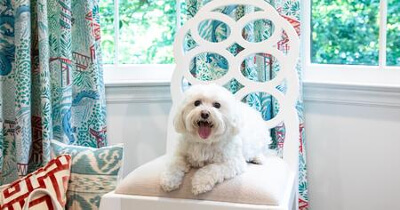
2. Canon EF 50mm f/1.2 L USM
The 50mm is one of our favorite lenses. At its lowest aperture of f/1.2, this prime lens captures subjects with a dreamy depth of field (think iPhone portrait mode). The low aperture handles low-light situations elegantly and with the right settings can easily produce smooth, grain-free photos in the toughest of conditions. You do need a bit of space to move around and grab the best angles, but overall we love the compositions and the depth of field makes them perfect contenders for graphic design projects like for Amavi Collective.
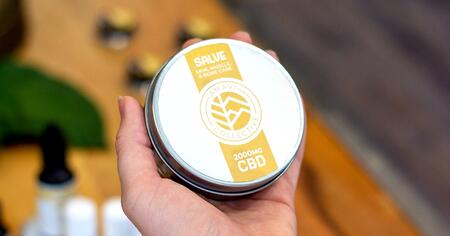
3. Canon EF 100mm f/2.8L IS USM Macro Lens
Like a microscope for your camera, this 100mm macro lens makes even the smallest items look larger than life. There's no better option when you need close up detailed shots, like the Neuterre Iron Supplement below.
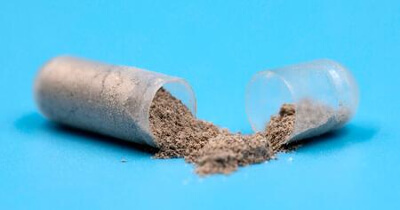
4.Canon EF 17-40mm f/4L USM Ultra Wide Angle
In a tight spot? Capture the tiniest, cramped spaces with this handy lens. It's truly been a lifesaver when the 24-70mm doesn't quite capture the entire subject, like in this private Hydra+ lounge. There is some lens distortion, which you can either embrace or edit later.
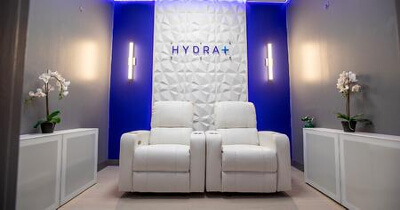
Lighting
Lighting is everything in photography. Angle, intensity and color play a huge part in the overall tone of the photo. Intense light can produce stark contrast, while soft filtered light makes for a soft delicate composition. You can illuminate the main subject straight on, at an angle, or backlight photos for an obscured dramatic look. The choice is up to you; define what you want to convey with your photo and see how different lighting can help you nail the look.
Studio Lighting Kit
For indoor studios, the Studio Strobe Flash Light and Softbox Lighting Kit is our favorite. The strobe lights sync to our cameras and allow for so much versatility.
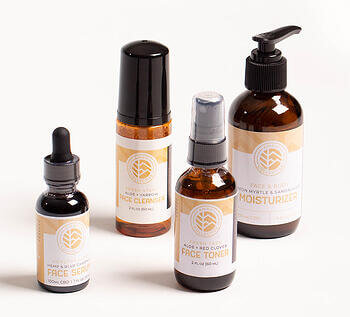
In the Amavi Collective product photo, we staggered the lights at a 90 degree angle so one was closer on the right, and the left was a few feet back. This setup cast a long, dramatic yet soft shadow that we visually enjoyed.
In contrast, the Powerful Pepper hot sauce photo was captured in a light box with just the native LED lighting. The shadows are less apparent and directly underneath the bottle and peppers.
LED Ice Light
When we're on-location, we always pack our Westcott Ice Light 2 LED. It rests in a handy shoulder sling and makes us feel like a Jedi warrior when it's time to light up a scene.
In warmly lit outdoor settings, the LED light helps cool down the subject. If it's overcast or more cool tones are present, there is an orange attachment that snaps on to add a warm light fill. The base also allows the light to be held up by tripod if we need to go hands-free.
Between our manual in-camera white balance settings and the Ice Light, we have full control over any light conditions that we might encounter in the wild.
Reflectors
In intense lighting, reflectors can be your best friend to fight harsh shadows. Different situations require different solutions, so we like this pack of reflectors that gives us one for every occasion.
White - Filters intense direct sunlight and diffuses shadows. Can also bounce light onto the subject. Black - Increases shadows and adds a moody artistic vibe. Metallic - Brighter, more intense reflections than the white reflector. Gold adds warmth, and silver reflects the existing tones.
Tripod
For low-light conditions and to go hands-free, use a tripod. This is especially helpful for low-light, low-aperture shots using the 50mm lens. Instead of holding our breath and steadying ourselves, it's nice to sit back knowing our shots will be crisp and consistent. The adjustable legs allow for variety in high and low angle shots.
Lightbox
Have products you need to capture for e-commerce websites or marketing ads? A lightbox is essential when capturing clean, crisp images. This lightbox has built-in LEDs that give a uniform glow to the product inside.
Tip #1 - Make sure you measure your product and ensure it will fit in the box. Leave about 12" extra space around the product. If the fit is too tight, you might have limited angles and spend more time editing the edges and creases of the box.
Tip #2 - Purchase colorful paper inserts. Green will help make cutting out backgrounds much faster and easier (see tip #3). Other colorful paper backgrounds can accentuate a color palette beyond basic white, and save time editing that white background to add a color.
Tip #3 - Easy background remover. Our team is obsessed with www.remove.bg for editing out backgrounds and making isolated pngs. Remove.bg uses an algorithm to sense which elements you need cut out. If it's not 100% perfect, you can use their brush tools to get it just right.
Gaffers Tape
It might surprise you that tape is one of our essential tools for photography. Especially when we're short on hands, woven gaffer tape helps to position products, holds up backgrounds and fixes any loose or broken lights or tripods.
It can take some creative angles and editing in post to get the perfect shot, but we'd rather edit out some tape than miss the opportunity to get the perfect shot.